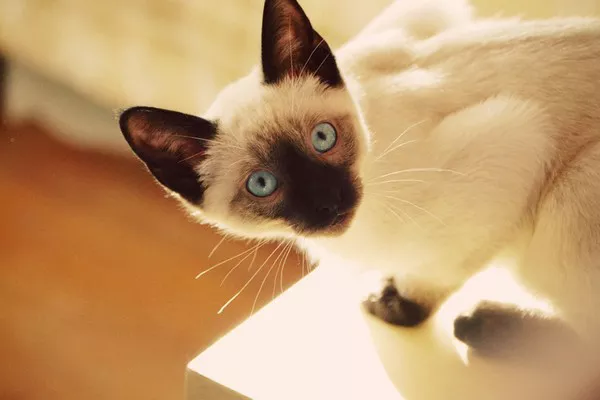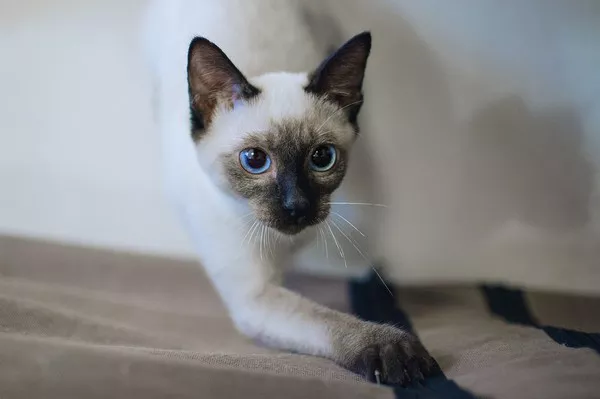Feeding your feline friend is a crucial aspect of responsible pet ownership, and ensuring they receive the right amount of nutrition is vital for their health and well-being. Cats, known for their independent nature, may not always communicate their dietary needs clearly. As a cat owner, understanding how to determine if you’re feeding your cat enough is essential to prevent issues like malnutrition or obesity. In this comprehensive guide, we will explore the factors influencing your cat’s nutritional requirements, signs of both underfeeding and overfeeding, and practical tips for maintaining a healthy and balanced diet.
Understanding Your Cat’s Unique Nutritional Needs
Cats are obligate carnivores, meaning their diet primarily consists of meat. Unlike some other pets, they have specific nutritional requirements that must be met for optimal health. Key components of a cat’s diet include:
1. Protein:
Cats require a higher protein intake compared to many other animals. Protein is essential for maintaining muscle mass, supporting the immune system, and ensuring proper growth.
2. Fat:
Fats are a concentrated source of energy for cats. They play a crucial role in maintaining healthy skin and coat, supporting organ function, and providing a palatable taste.
3. Carbohydrates:
While cats are not obligate carbohydrate consumers, they can derive some energy from carbohydrates. However, a cat’s diet should primarily focus on high-quality protein and moderate fat.
4. Vitamins and Minerals:
Cats need specific vitamins and minerals, such as taurine, vitamin A, and calcium, to meet their unique nutritional needs. Deficiencies in these nutrients can lead to severe health issues.
Signs of Underfeeding
1. Weight Loss:
If your cat is not receiving enough calories, weight loss may occur. Regularly monitor your cat’s weight and consult with your veterinarian if you notice any unexplained changes.
2. Lethargy:
Underfed cats may lack the energy needed for their daily activities. If your cat seems unusually lethargic or inactive, it could be a sign of insufficient calorie intake.
3. Dull Coat:
A cat’s coat reflects its overall health. Insufficient nutrition can lead to a dull, unkempt coat. A healthy cat should have a shiny and smooth coat.
4. Increased Vocalization:
Cats may become more vocal when they are hungry. If your cat is constantly meowing or begging for food, it might be an indication that their nutritional needs are not being met.
Signs of Overfeeding
1. Weight Gain:
Obesity is a prevalent issue in cats, and overfeeding is a common cause. An overweight cat is at risk of various health problems, including diabetes and joint issues.
2. Difficulty Grooming:
Overweight cats may struggle to groom themselves effectively. This can result in a greasy or unkempt coat and may lead to skin issues.
3. Lethargy:
While lethargy can be a sign of underfeeding, it can also indicate overfeeding in obese cats. An overweight cat may lack the energy for physical activity.
4. Increased Bathroom Accidents:
Overfeeding may lead to digestive issues, including more frequent or larger bowel movements. If your cat is experiencing bathroom accidents, it could be a sign of overfeeding.
Practical Tips for Feeding Your Cat Adequately
1. Consult with Your Veterinarian:
Your veterinarian is your best ally in determining the appropriate amount of food for your cat based on factors like age, weight, and overall health. Regular check-ups can help monitor your cat’s nutritional needs.
2. Choose High-Quality Cat Food:
Opt for cat food that meets the nutritional standards set by reputable organizations. Look for options with animal protein as the primary ingredient and minimal fillers.
3. Follow Feeding Guidelines:
Cat food packaging provides feeding guidelines based on your cat’s weight. Use these recommendations as a starting point and adjust based on your cat’s individual needs and activity level.
4. Monitor Body Condition:
Regularly assess your cat’s body condition by feeling for the ribs and observing their overall shape. A well-fed cat should have a defined waist and a palpable layer of fat.
5. Control Treat Intake:
While treats can be a delightful addition to your cat’s diet, they should be given in moderation. Excessive treat consumption can contribute to overfeeding.
6. Establish a Feeding Routine:
Create a consistent feeding schedule to help regulate your cat’s eating habits. This routine contributes to a sense of security and can prevent excessive begging.
7. Provide Fresh Water:
Always ensure your cat has access to fresh water. Proper hydration is crucial for overall health and aids in digestion.
8. Address Changes Promptly:
If you notice any sudden changes in your cat’s weight, behavior, or appetite, consult with your veterinarian promptly. Early intervention can prevent potential health issues.
Conclusion
Ensuring you are feeding your cat the right amount is a fundamental aspect of responsible pet ownership. Understanding the signs of both underfeeding and overfeeding empowers you to make informed decisions about your cat’s diet. By partnering with your veterinarian and prioritizing high-quality nutrition, you contribute to the overall health, happiness, and longevity of your feline companion. Remember, each cat is unique, and tailoring their diet to individual needs is key to fostering a thriving and contented feline family member.

























